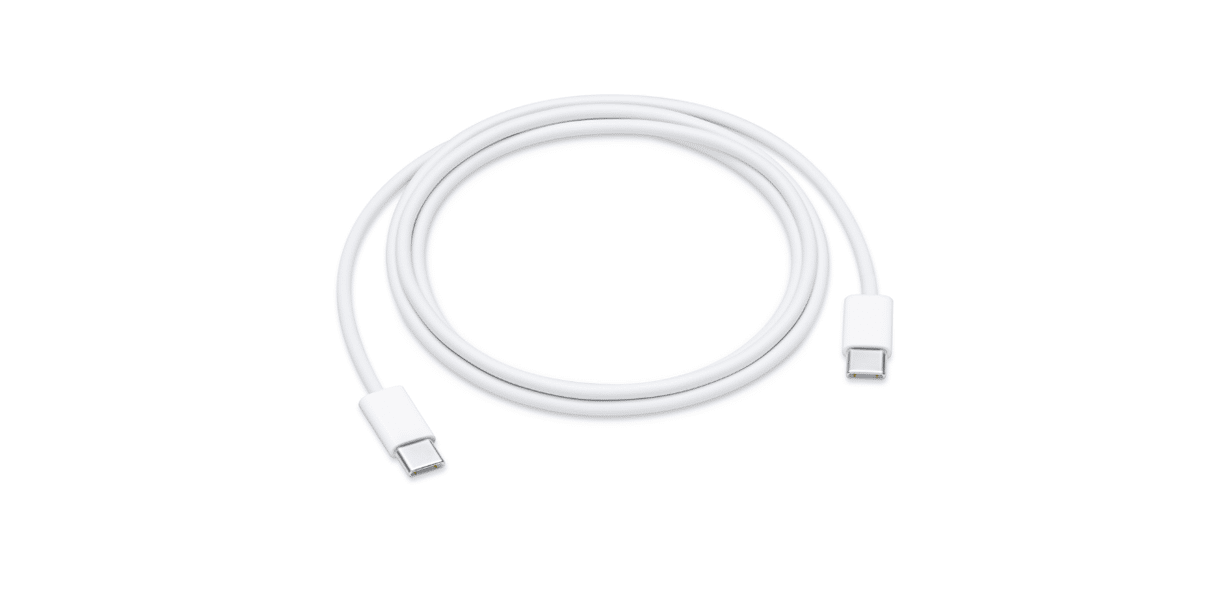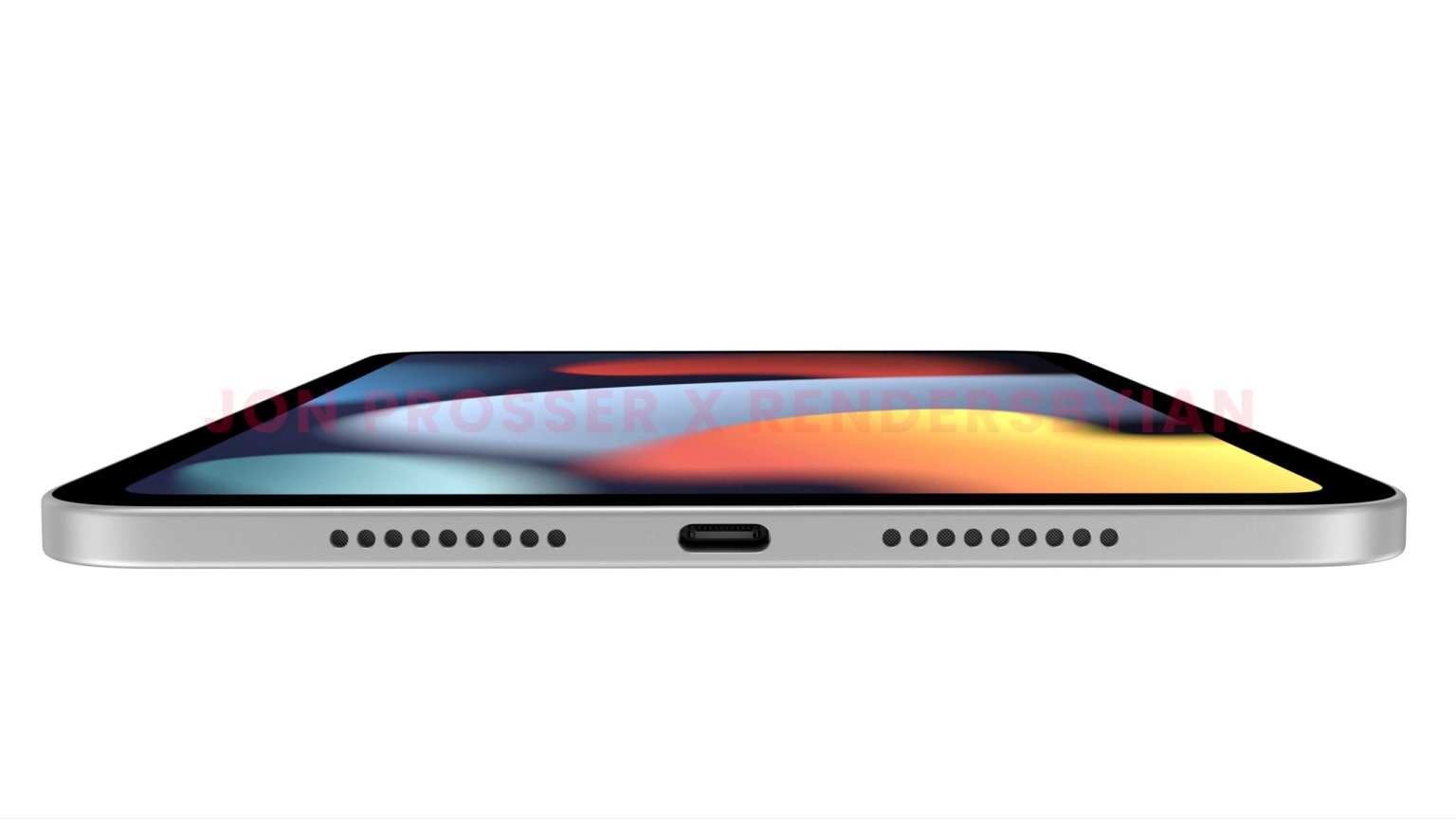The European Commission has finally reached an agreement to force manufacturers of consumer electronics like Apple to adopt USB-C as the common port in mobile phones, tablets, e-readers, earbuds, digital cameras, headphones and headsets, handheld videogame consoles, and portable speakers by 2024.
The legislation has been in the works since 2021, and on June 7, 2022, European lawmakers finalized the legislation to establish a common charger for electronic devices within the 27-nation bloc for environmental reasons.
[Update: The European Council gave final approval to the European Parliament’s common USB-C charges directive for portable electronic devices by 2024 including iPhones. In the official press release states that decision will improve consumers’ convenience by “harmonizing charging interfaces and fast charging tech.” Jozef Síkela, Minister for Industry and Trade said:
We all have at least three mobile phone chargers at home. Looking for the right charger, either at home or at work, can be quite annoying. On top of this, these chargers amount to 11.000 tonnes of e-waste every year. Having a charger that fits multiple devices will save money and time and also helps us reduce electronic waste.]

By 2024, Apple could equip iPhone, iPad, AirPods, and other devices with a USB-C port
The provisional agreement “Radio Equipment Directive” is part of the effort to make small and medium-sized electronic products more sustainable in the EU to reduce electronic waste and make consumers’ lives easier by removing the hassle to purchase different charging cables and power adapters for different devices.
Furthermore, it will also harmonize the charging speed for devices, especially those that support fast charging.
These new obligations will lead to more re-use of chargers and will help consumers save up to 250 million euro a year on unnecessary charger purchases. Disposed of and unused chargers are estimated to represent about 11,000 tonnes of e-waste annually.

By Autumn 2024, USB-C will become the common charging port for all mobile phones, tablets, e-readers, earbuds, digital cameras, headphones and headsets, handheld videogame consoles, and portable speakers that are rechargeable via a wired cable. Precisely after 40 months of entry into force, laptops will also be included in the order to adopt a USB-C port.
Apple has equipped the latest Mac and iPad models with USB-C connectors for faster data transfer speed, durability, and other benefits but iPhone, AirPods, and a few other devices still use older USB 2.0 Lightning connector technology. And currently, there is no news of the tech giant planning to switch the iPhone to a USB-C connector.
However, the giant removed power adapters from the boxes of iPhones, iPad, AirPods, and devices for environmental reasons to reduce e-waste as most users already have power adapters. It is likely that Apple would agree with EU reasons to implement a common USB-C charging port to protect the environment and adopt the technology in future products.